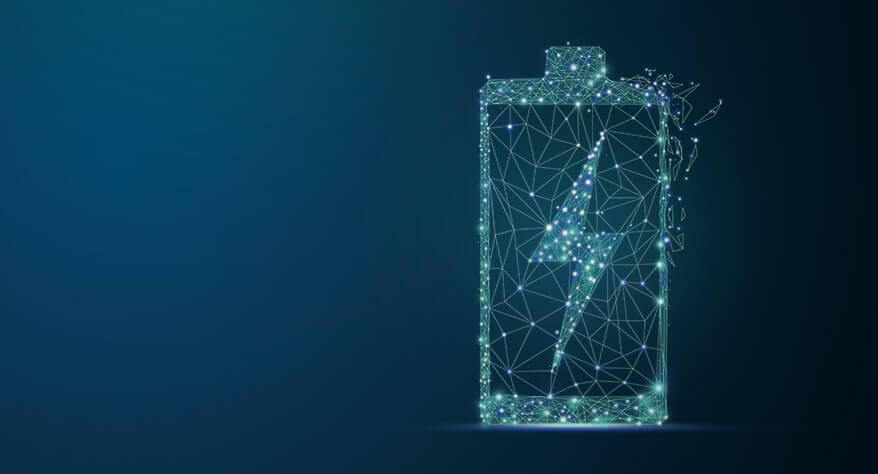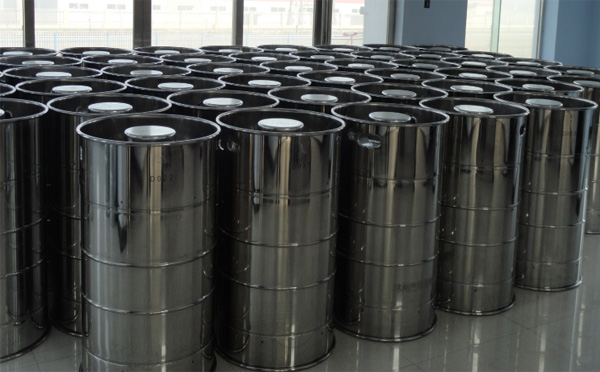Trickle Charging Battery-Introduction, Maintainer, And Connector
Mar 27, 2021 Pageview:1290
Are you curious to know about trickle chargers or trickle charging battery? If so, we have got you covered. Trickle chargers are low-amp chargers that replenish a depleted battery and restore it to full power. It's usually connected to an empty battery and slowly charges it to avoid exhaustion, and it automatically stops when the battery is full.
If this excites you to know more about trickle charging batteries, we have covered everything from trickle charging battery meaning to its maintainer and connectors.
So, what are you waiting for? Let's dive right in.
What is trickle charging battery?
Trickle charging is the process of charging a fully charged battery at a rate similar to the self-discharge rate, allowing the battery to stay fully charged. This condition happens almost exclusively when the battery is not powered, as trickle charging would not keep a battery charged if a load is drawing the current. A battery that is continuously charged at float voltage is considered to be float-charging.
For lead-acid batteries under no-load float charging (such as in SLI batteries), trickle charging normally occurs at the end-of-charge because the lead-acid battery's internal resistance to the charging current rises enough to decrease additional charging current a trickle. In such situations, the lead-acid battery's energy expended by separating the water in the electrolyte into hydrogen and oxygen gases is equaled by trickle charging. Such battery chemistries, such as lithium-ion technology, cannot be safely trickle-charged. Supervisory circuits (also known as battery management systems) modify electrical conditions during charging to meet the battery chemistry's specifications.
So, that's all about the trickle charging the battery. Let's head towards to know about the trickle charging battery maintainer.
Can you use trickle charging battery maintainer?
Yes, trickle charging maintainers can be used but do you know where they can be used? If no, then we've got you covered.
Trickle charging battery maintainer is ideal for all 12V lead-acid, flooded or sealed maintenance-free batteries (AGM and gel cell) apart from it can be used in for cars, motorcycles, boats, camping, trolling motors, RVs, ATVs, watercraft, Powersports, riding lawn mowers, lawn tractors, snowmobiles, and more.
This maintainer provides Safety Guarantee, and several uses like Reverse polarity, short circuit, over-voltage, over current, overload, and overheat protection are all included, and spark protection during lead connection.
How does trickle charging battery connector work?
Since this is a mechanical problem, you will believe it is best to consult a mechanic. But it's easy. You wouldn't want to pay a mechanic if you knew how simple it is to jump-start a car battery with this simple trick. It's a way to save money and still reusing dead batteries.
Let’s look at the steps on how trickle charging battery connector works:

1. Preparing the Battery
Some people like to do these things in their basement or workshop. But, to be frank, there is a significant risk there. Dead batteries will sometimes release compressed hydrogen that has been contained inside the vehicle or garage.
So, before performing this procedure, ensure that the vehicle has been left open for at least two hours in a well-ventilated environment or open room. Clean the battery's plunger field. Do not leave the vehicle running and remove the keys from the ignition. With this training, you are now able to start trickling into charging your car battery.
2. Negative and Positive Connection
Always bear in mind that you can never attach the battery's two plugs at the same time. The positive ends need to be pinned, and the negative end cannot to the charger. Otherwise, you risk starting a fire or causing an explosion, endangering yourself, the battery, and the vehicle.
Connect the negative terminal to a big bolt on the engine or the frame. The negative energy will receive the required earthing. The negative terminal may also be attached to the car door. It should not be plugged in where there is soil or gasoline. Always attach it to a clean spot.
3. Attaching the Cables
At the end of the trickle charger, there are two alligator clips. Connect the red clip to the battery's positive terminal, and the blue clip to the previous phase's assigned negative link. Separate the wires as much as possible.
Some people are stupid enough to turn on the power before connecting the cable to the battery. If you do this, you may experience a major shock and might even die. Never, ever do that. First, finish all of the plugging, then walk as far away from the vehicle as possible before turning on the charging.

4. Switch The Charger on and Check
Before you get too excited about turning on the charger, double-check anything to ensure you haven't missed anything. If all looks good, you should proceed with charging.
Move away to a safe distance and then press the button right away and check the battery's whether it's charging or not. A sufficiently charged battery will read less than zero volts, while a dead battery will read high. So, keep the charging running for a certain amount of time and keep watching the monitor reading. It doesn't take long to charge to maximum power.
When the battery is completely charged, unplug the trickle adapter first and then turn off the ignition. Don't get too enthusiastic, and start unplugging the alligator clips after first shutting off the charging.
Now, insert some keys and switch the ignition. The car will start if the protocol is followed correctly. Accelerate in neutral gear for a few seconds to allow your alternator to finish charging. If the battery is not charged appropriately, the vehicle will sometimes break down.
Conclusion
As we know, batteries are the most essential components of our applications, and if you store them for a long period of time, they must have trickle chargers to ensure that they remain endless or long-lasting despite being stored for a prolonged period of time. Hopefully, this guide has helped you know about trickle charging battery.
Leave Message
Hottest Categories
-
Hottest Industry News
-
Latest Industry News










